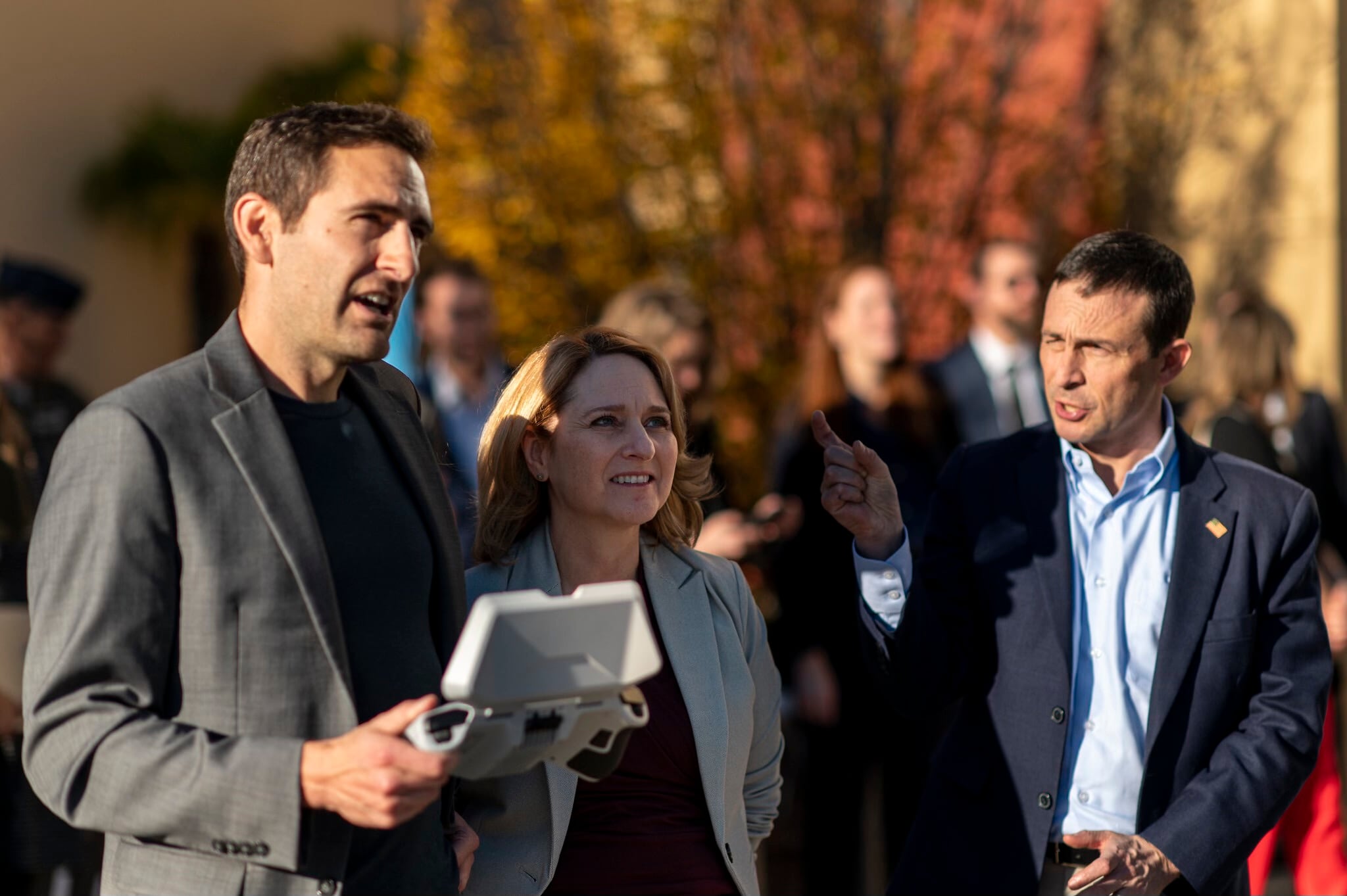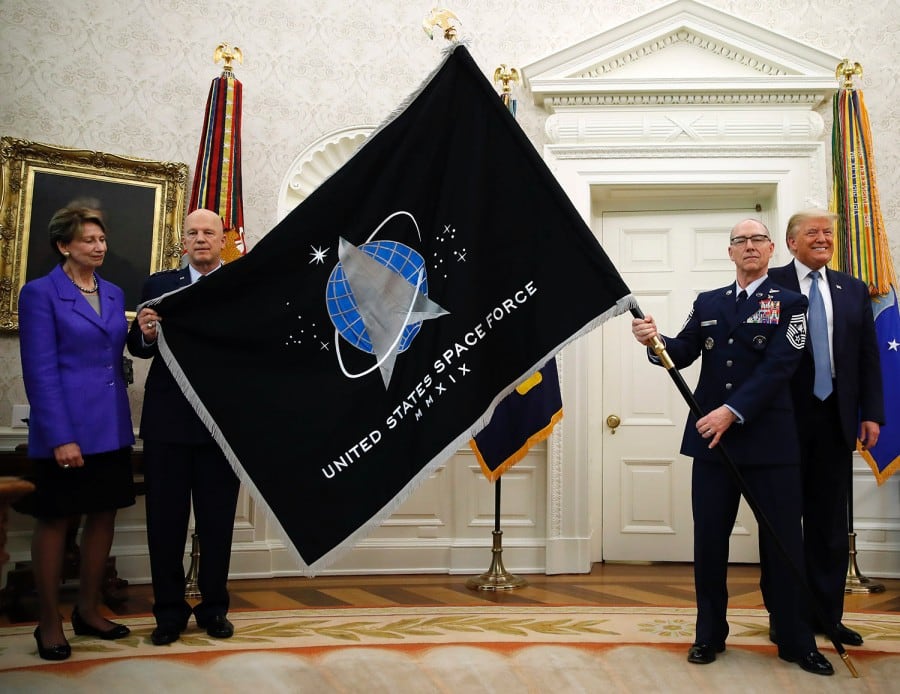The Naval Network Warfare Command (NETWARCOM), headquartered in Suffolk, Virginia, executes tactical-level command and control of Navy networks and leverages joint space capabilities for Navy and joint operations, and also operates directly under the Navy's Fleet Cyber Command/10th Fleet. CAPT Eugene Costello has helmed the command since September 2013, after serving as deputy director of operations at the Defense Information Systems Agency.
Costello's experience at DISA and as an information officer in several different Navy assignments prepared him well for some of his biggest tasks at NETWARCOM, chief among which is assuring network security ashore and afloat. Doing so requires the management of several different programs under broader Navy and Defense Department initiatives, including cyber operations and the DoD Information Network. Costello talked about those competing priorities and the evolving landscape of naval network operations in a recent interview.
C4ISRNET: Tell us about NETWARCOM and your mission there.
CAPT EUGENE COSTELLO: Beyond executing tactical-level C2 of the Navy communications and network systems and working under 10th Fleet, NETWARCOM also is designated as Task Force 1010 under the standing task force structure of Fleet Cyber Command. Task Force 1010 specifically is responsible for DODIN operations.
One of the things that we've recently done is working with [Fleet Cyber Commander ADM Jan Tighe] and her staff to realign some of the [Naval Computer Telecommunications Stations] that had previously not fallen under NETWARCOM or the 1010 organization. Just based on the numerous organizational changes, specifically NCTS Far East, NCTS Bahrain, and NCTS Naples now fall operationally under the Task Force 1010 umbrella. What's important about that is while NETWARCOM traditionally was looking at the day-to-day operations of the [Navy-Marine Corps Intranet] working with our contract partner, HP Enterprise Services, now we're also looking at other major network enclaves … that now roll up underneath the task force organization.
C4ISRNET: What are some of the biggest projects that you're currently working on?
COSTELLO: One of the current projects we've worked on is fixing the C2 alignment, making sure we are aligned to support ADM Tighe's operational goals of operating the network as a war-fighting platform and to deliver war-fighting effects through cyberspace. So having the effectiveness of the task force organization and being responsible for the visibility of the daily operations and the command and control of that have been the big thing we've been working on.
Over the last year, NETWARCOM working with PMW 205, the program office for Navy Enterprise Networks, has transitioned the NMCI network into the engine to be the Next Generation Enterprise Network. With NGEN we've got government ownership and contract operation of the network, so we've got a lot more command and control capability of NMCI. We're looking forward to the inclusion of the ONE-Net environment into the NGEN umbrella over the next couple of years, so there are a lot of good things going on within NETWARCOM.
C4ISRNET: Can you explain what ONE-Net is?
COSTELLO: ONE-Net is the [outside the contiguous U.S.] Navy Enterprise Networks, and it is managed out of PMW 205 as well. It is the overseas shore network for the Navy. Basically, it is in three major locations: the Far East in Yokosuka [Japan]; NCTS Far East has a theatre network operation security center … the TNOSC, NCTS Bahrain, which covers the Middle East; and NCTS Naples, which covers Europe and [Africa Command] areas of responsibility. It provides SIPR and NIPR for the Navy, and it is essentially the same as the NMCI. More than 27,000 seats are associated with that, but it is enterprise managed IT for the shore overseas.
C4ISRNET: What are some other key programs you're working on?
COSTELLO: One of the big things that we're doing with NETWARCOM partnered with our net defense partners over at Navy Cyber Defense Operations Command [NCDOC] is the information assurance ashore, and that is essentially the [host-based security system ePolicy Orchestrator] server consolidation, and the [Assured Compliance Assessment Solution] consolidation ashore. NETWARCOM will be responsible for managing the ePolicy Orchestrators for the afloat units … the IT-21 units and the ACAS.
ACAS is a follow-on capability to Secure Configuration Compliance Validation [SCCVI]. What that does is it allows the ships to do the scanning of their networks, and then it consolidates that data down to determine vulnerabilities of information assurance, whether they're meeting the requirements based on the patches that are available to make sure the network is protected with the current information assurance patches.
C4ISRNET: How does that differ from other information assurance tools, or network security, or perimeter security tools that other parts of the Defense Department are using? And how are these tools evolving?
COSTELLO: This is more centralized for the ship, so it is assisting the ship's responsibility to provide centralized management and taking the burden away from the ships a little bit. It is a tool and capability that the Navy can use to verify information assurance compliance.
I think these tools and other capabilities that we're investigating are really to shorten the timeline to secure our networks by patching known vulnerabilities. One of the things that we do realize: In cyberspace time is a critical factor, so there are vulnerabilities that exist and we know that we need to correct those vulnerabilities. That is a good tool to allow us to understand the state of the network.
C4ISRNET: Tell us about some of the challenges you face, and some of the things that you're excited about right now.
COSTELLO: I think one of the things that I'm looking at is getting a DODIN cyber-operational picture. One of the things that we definitely need in order to do the command and control of the networks is visibility … and there are several initiatives or projects that we are working on with Fleet Cyber Command and with Navy Information Dominance Forces [NAVIDFOR] to achieve those capabilities. So I'm pretty excited about that. I'm excited about the fact that with the task force organization structure that we're looking transregional for oversight and command and control capability.
The one thing I would like to draw attention to is the space mission that we do at NETWARCOM, delivering space products to the deployed Strykers. More specifically … our goals are to maintain shared situational awareness and command control for DODIN operations, provide assured DODIN in operations to the war fighters and to deliver enhanced products to the operating forces. Our space mission piece falls under a couple of areas. The Navy Satellite Operations Center [NAVSOC] at Point Mugu falls under the Task Force 1010 structure, and they are responsible for the telemetry tracking and commanding of the [Ultra High Frequency] constellation, specifically the UHF follow-on satellite and the Mobile User Objective System that was recently launched. NAVSOC kind of plays an important role for the space control piece of it, but the space cell here at NETWARCOM does product production to the deployed operating forces.
C4ISRNET: That's really interesting, because when you think about the Navy and you think about NETWARCOM, you don't necessarily think about space.
COSTELLO: I think the real important thing here is NETWARCOM years ago was the three-star command that was responsible for the operations of the network, but with the formation of Fleet Cyber Command/10th Fleet and Navy cyber forces now turning into NAVIDFOR, the mission set of NETWARCOM is beyond NMCI and working day-to-day operations of NMCI and NGEN. We really are the command that is looking at enterprise management of the Navy networks and Navy communications systems.
I would say that one good thing with the task force organization alignment … it has fostered a better working relationship with NCDOC and the Navy Commercial Broadband Satellite Program. One good thing with being co-located and having a combined watch with the two commands is network operations and network defense really go hand in hand, and having NETWARCOM and NCDOC share the same building and have the Task Force Organization alignment really is beneficial for identifying issues and responding to issues in the net defense world. ■






